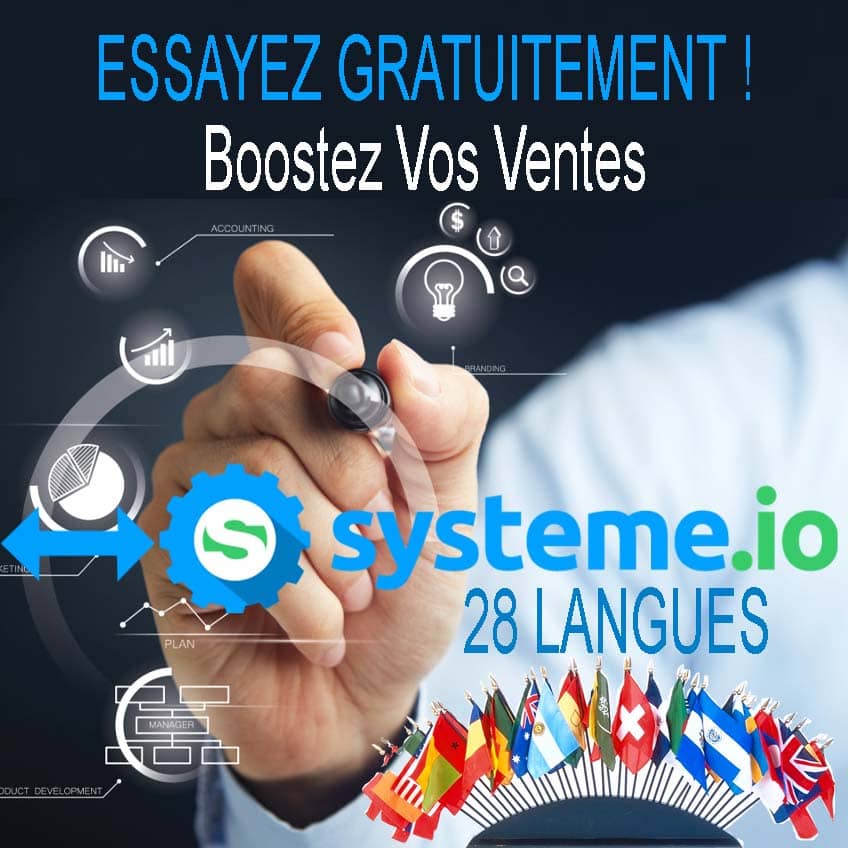The Making of Accessibility to Rural Place for Blind People: the Relational Design of an Interactive Map
Tom Giraud, Ines Di Loreto, Matthieu Tixier
DIS '20: The ACM conference on Designing Interactive Systems
Session: Session: Maps, navigation and transportation: Find a way
Abstract
This paper accounts for the design process of an interactive map to foster accessibility – understood as a dialogical process – to a rural place for visually impaired people (VIP). We deeply engaged with the two concerned communities, a small group of VIP and locals from the rural village, valuing mutual sensitization and continual attunements. Framed by a relational perspective on design, we envisioned the map as a change catalyst, an artefact that can encourage VIP to engage in exploring activities, enable locals to present their territory, and contribute to ongoing reflections about accessibility by triggering exchanges about walking activities. Here we describe how this process ended-up with an object characterized by its intersecting material qualities and its capacity for mutual appropriation. We discuss the concept of boundary object as an insightful descriptor of the produced artefact and the newly identified challenge of designing accessible maps as material interventions.
DOI:: https://doi.org/10.1145/3357236.3395527
WEB:: https://dis.acm.org/2020/
Proceedings of the ACM conference on Designing Interactive Systems
Tom Giraud, Ines Di Loreto, Matthieu Tixier
DIS '20: The ACM conference on Designing Interactive Systems
Session: Session: Maps, navigation and transportation: Find a way
Abstract
This paper accounts for the design process of an interactive map to foster accessibility – understood as a dialogical process – to a rural place for visually impaired people (VIP). We deeply engaged with the two concerned communities, a small group of VIP and locals from the rural village, valuing mutual sensitization and continual attunements. Framed by a relational perspective on design, we envisioned the map as a change catalyst, an artefact that can encourage VIP to engage in exploring activities, enable locals to present their territory, and contribute to ongoing reflections about accessibility by triggering exchanges about walking activities. Here we describe how this process ended-up with an object characterized by its intersecting material qualities and its capacity for mutual appropriation. We discuss the concept of boundary object as an insightful descriptor of the produced artefact and the newly identified challenge of designing accessible maps as material interventions.
DOI:: https://doi.org/10.1145/3357236.3395527
WEB:: https://dis.acm.org/2020/
Proceedings of the ACM conference on Designing Interactive Systems
- Catégories
- Peintures














Commentaires